The Application of Aerogel Blanket In Building Insulation
Introduction
Currently, commonly used building insulation and fireproof materials worldwide, such as rock wool boards, extruded polystyrene (XPS) boards, cement foam boards, expanded polystyrene (EPS) boards, polyurethane (PU) foam materials, and perlite-based insulation mortars, all face issues with inadequate thermal insulation and fire resistance. These shortcomings lead to significant energy waste and safety concerns. In contrast, using aerogel blankets as building insulation materials effectively addresses these problems. This article explores the applications and advantages of aerogel blankets in building insulation and discusses how they overcome the limitations of traditional materials.
Current Issues with Building Insulation Materials
Both domestically and internationally, materials such as rock wool boards, extruded polystyrene boards, cement foam boards, EPS boards, PU foam materials, and perlite-based insulation mortars are widely used. However, these materials often have low fire resistance, poor thermal insulation performance leading to energy waste, susceptibility to aging, short service life, and the risk of detachment, which can pose safety hazards.
Statistics indicate that annually, the inadequate performance of building insulation materials results in energy losses amounting to several hundred billion megajoules worldwide. The economic losses due to poor fire resistance of these materials exceed $100 billion each year. Moreover, these materials typically have a service life of only 15 to 20 years. Over time, factors such as moisture, weathering, and pest damage necessitate their replacement, consuming substantial human and material resources.
Comparison Of Various Insulation Materials
| Material Name | Max Temperature (℃ / ℉) | Thermal Conductivity at 25℃ (W/(m·K)) | Service Life (Years) | Fire Rating |
| Rock Wool Board | 650℃ / 1202℉ | 0.026–0.040 | 30–50 | Class A (Non-flammable) |
| Extruded Polystyrene (XPS) Board | 75℃ / 167℉ | ≤0.029 | 30–40 | Class B1/B2/B3 |
| Cement Foam Board | 1000℃ / 1832℉ | 0.08–0.15 | 20–30 | Class A (Non-flammable) |
| EPS Polystyrene Board | 70–100℃ / 158–212℉ | 0.035–0.041 | 20–30 | Class B2 (Flammable) |
| PU Polyurethane Foam Material | 120–150℃ / 248–302℉ | 0.022–0.028 | 15–25 | Class B1/B2 |
| Polystyrene Particle Insulation Mortar | 300℃ / 572℉ | 0.06–0.08 | 20–30 | Class A or B1 |
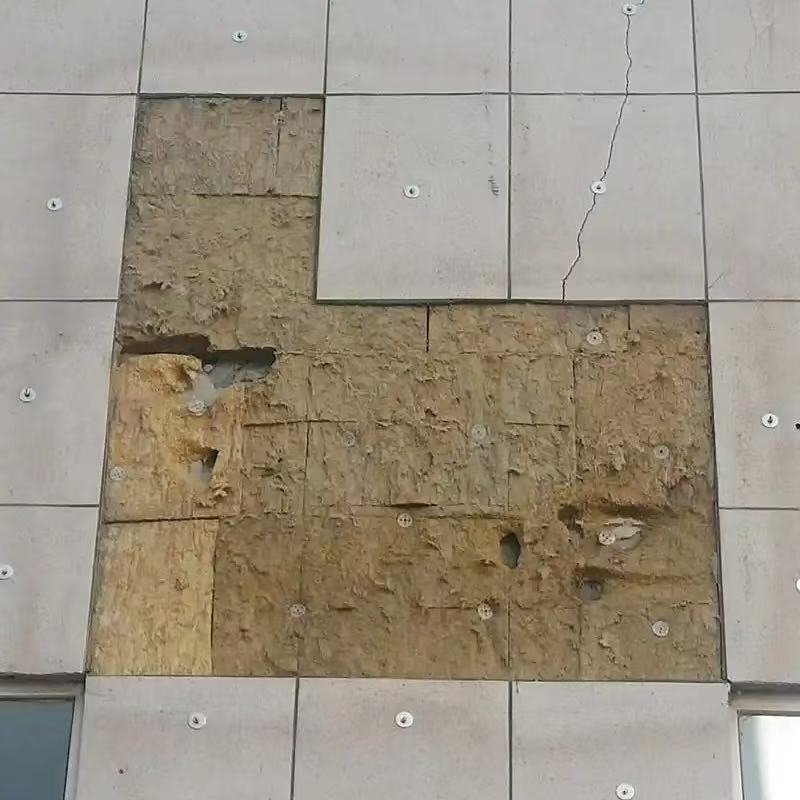
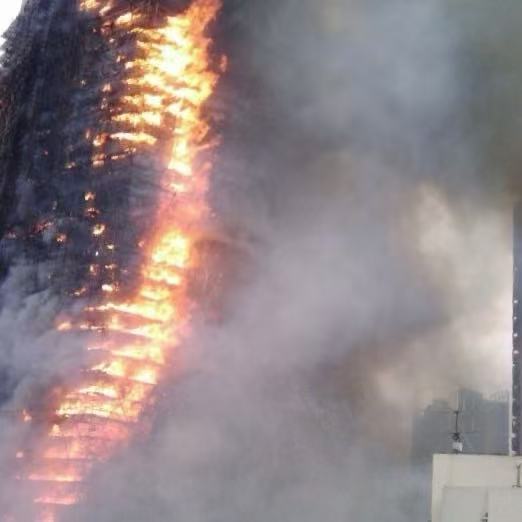
Basic Properties of Aerogel Blankets/Felt
Exceptional Insulation Performance:
Aerogel is a porous insulating material with pore sizes ranging from 10 to 60 nm, which is smaller than the free path of air molecules (70 nm). This allows aerogel to significantly reduce thermal convection. At room temperature, its thermal conductivity can be as low as 0.002 W/(m·K).
Environmental Friendliness and Sustainability:
Aerogel is made primarily of silica, and its production process does not involve any adhesives, nor does it contain harmful substances like formaldehyde.
Fire Resistance:
Pure aerogel has a fire resistance rating of up to 1000℃. When combined with fiberglass needle felt, its fire resistance drops to 650℃, and when combined with ceramic fiber needle felt, it maintains a fire resistance of 1000℃.
Sound Absorption Characteristics:
As a porous material, aerogel significantly weakens sound waves due to friction within its internal pores. Additionally, the fiber-based substrate of aerogel blankets/pads itself has soundproofing properties.
Superb Adsorption Capability:
Aerogel has an extraordinarily high specific surface area of 800–1200 m²/kg, with porosity ranging from 80% to 99%. This makes it an excellent material for adsorbing harmful gases, heavy metals, organic compounds, and other substances.
Lightweight and Ultra-Low Density:
Pure aerogel is the lightest solid known, with a density as low as 3 kg/m³. To enhance its physical strength, it is often combined with fiber-based materials such as glass or ceramic fibers. Even after composite, its overall density remains only 130-180 kg/m³.
The Application of Aerogel Blanket In Building Insulation
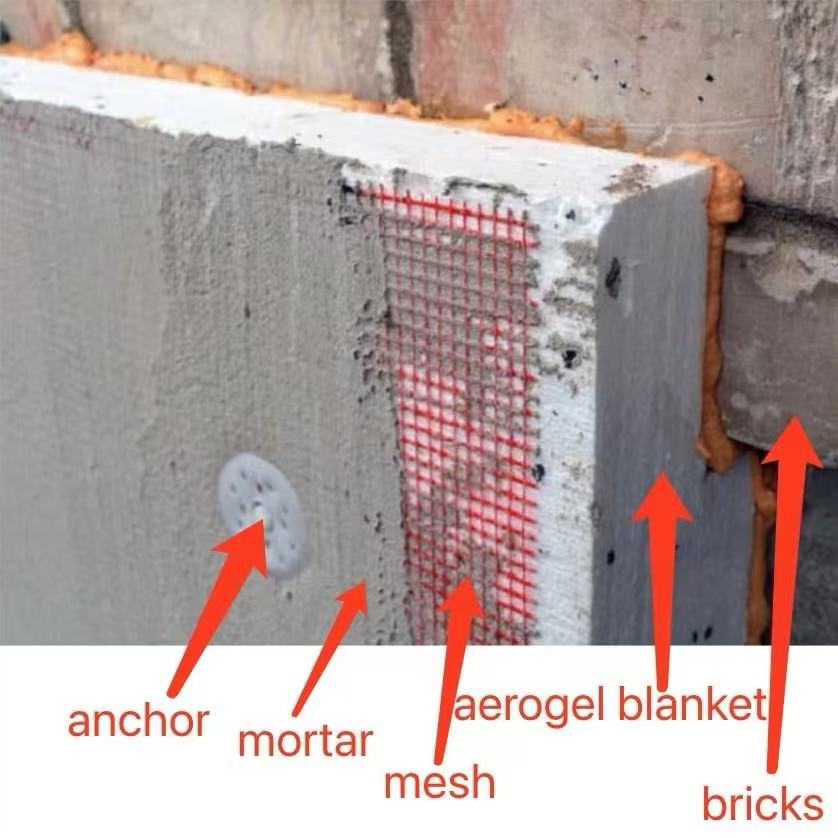
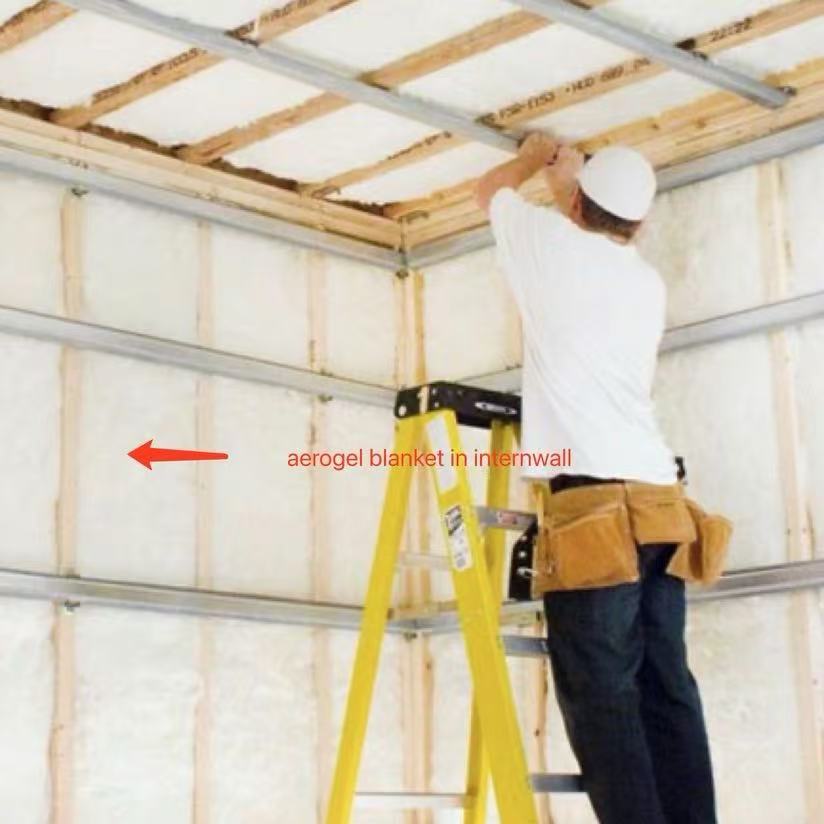
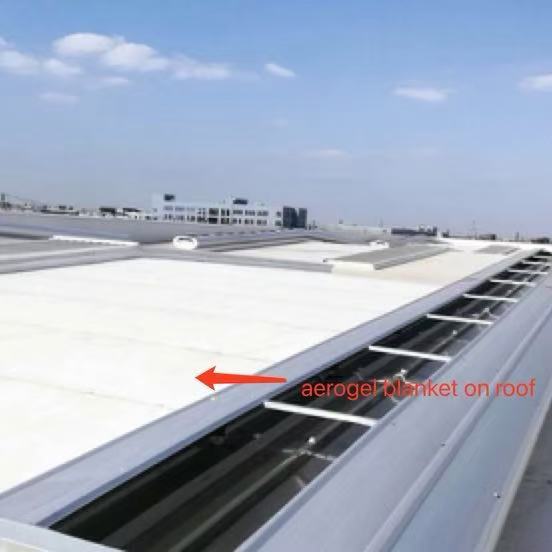
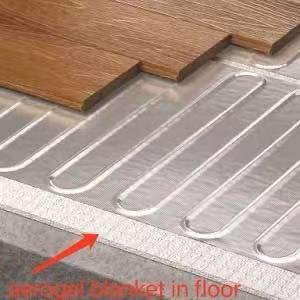
Unique Advantages of Anchor-Tech's AG65 Aerogel Blanket in Building Applications
Fire Resistance:
Class A fire resistance, withstanding temperatures up to 650℃ / 1200℉.
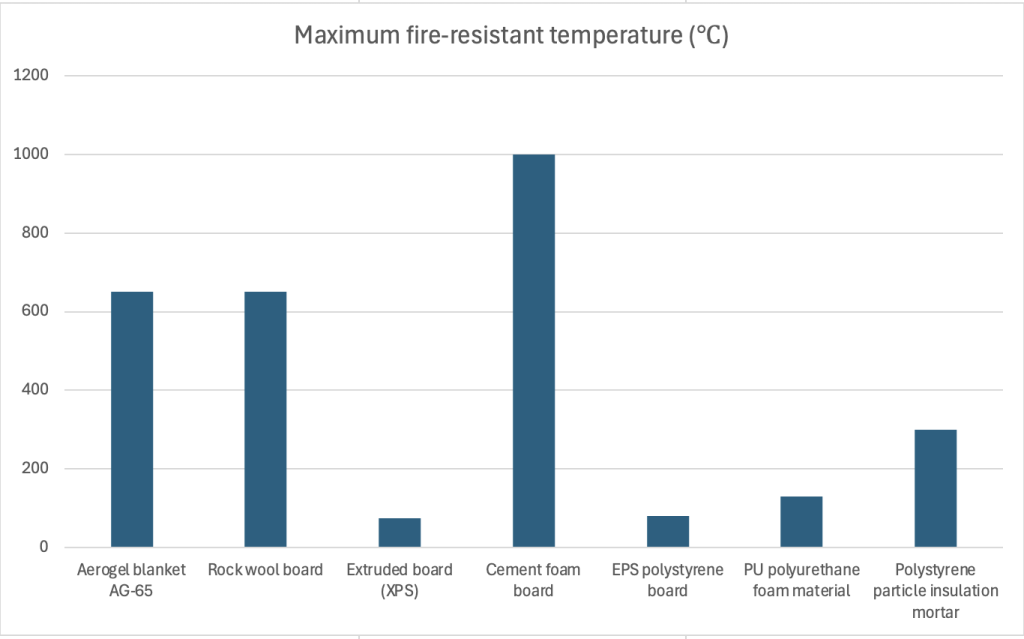
Significant Energy Efficiency Improvement:
Compared to traditional materials, aerogel blankets effectively prevent heat transfer from the interior to the exterior during winter and block external heat from entering the interior during summer. This ensures energy savings for both winter heating and summer cooling.
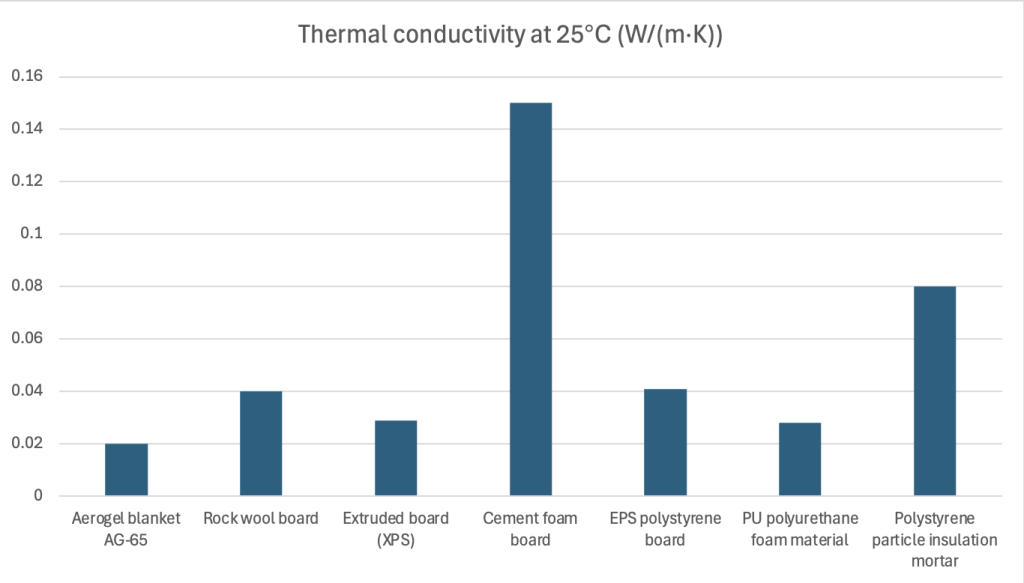
Durability:
Aerogel increases the long-term stability of buildings and enhances safety. With normal usage, its lifespan can exceed 100 years.
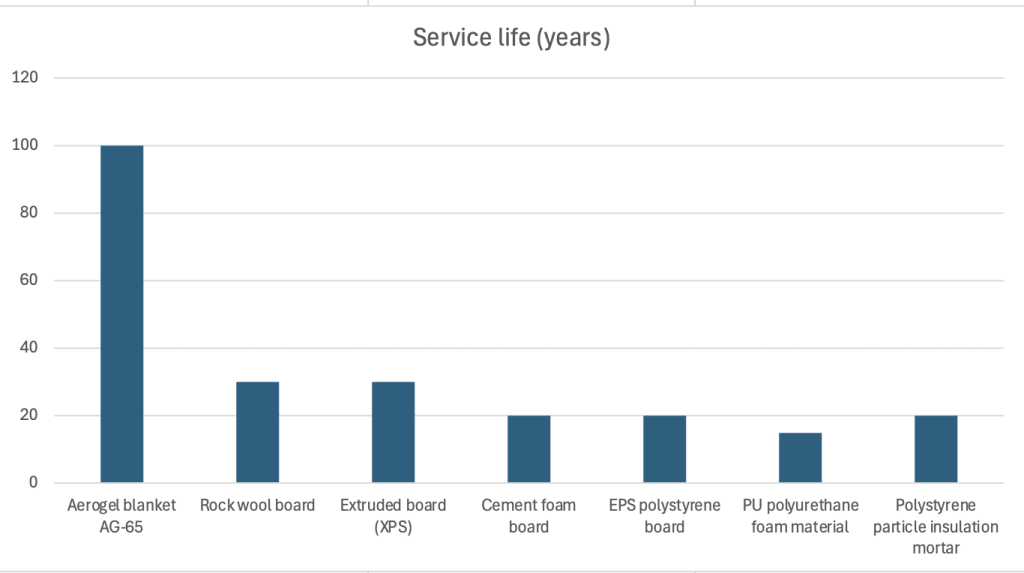
Space Saving:
Due to its ultra-thin profile, aerogel is suitable for spaces with limited room. A thickness of just 1 cm can provide the same insulation effect as 4 cm of rock wool, achieving excellent thermal insulation and energy savings. It is suitable for both the renovation of old buildings and new construction projects.
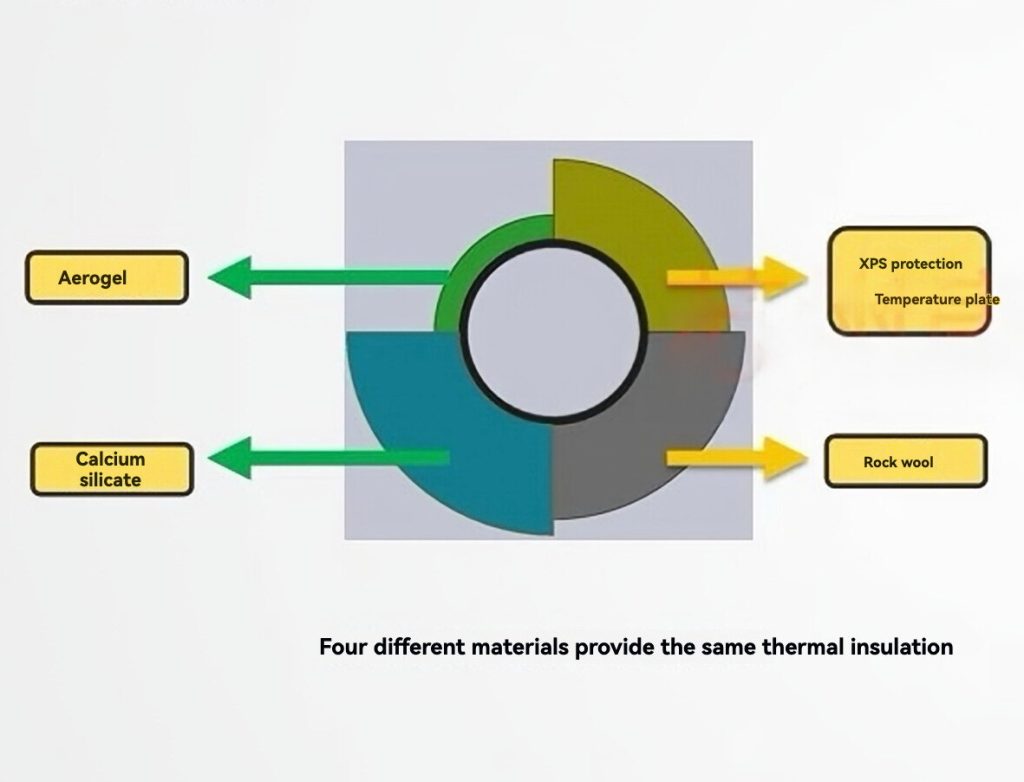
Environmental Friendliness:
As a green building material, aerogel helps reduce carbon footprints. It contains no organic or inorganic binders and is free from formaldehyde, eliminating related concerns.
Sound Insulation:
Due to its porous structure and fiber-based substrate, aerogel not only provides excellent thermal insulation but also acts as an outstanding soundproof material.
Ease of Processing and Cutting:
No specialized tools are needed; simply a pair of scissors or a craft knife can easily cut aerogel blankets into the desired shape.
Easy Installation:
Installation is straightforward, using common anchors or nails typically employed with other insulation materials.
Adsorption Capabilities:
With a porosity of up to 90% and a specific surface area of 800-1200 m²/kg, aerogel can efficiently absorb dust, formaldehyde, and other harmful gases.
Challenges and Opportunities
Cost Issues:
The production cost of aerogel blankets is relatively high. However, after 20 years of deep research and development in the aerogel industry, our company has optimized production efficiency through large-scale manufacturing, significantly reducing the cost of aerogel without compromising product performance. As a result, our prices are much lower than those of our competitors, making it a high-tech product that is affordable for households worldwide. Please feel free to contact us via email below.
Aerogel Blanket Powdering:
Additionally, our aerogel blankets and pads have undergone significant technological improvements over the years to address the issue of powdering. We have completely solved this problem by adding an aluminum foil coating, ensuring that no powdering occurs.
Future Outlook
We look forward to further advancements in the near future. Through continuous technological improvements, we aim to enhance the performance of aerogel blankets while further reducing costs. We plan to expand the application of aerogel blankets in more building scenarios, such as smart buildings, modular construction, RVs, and architectural glass. Our goal is to contribute to the sustainable development of the Earth, energy conservation, emission reduction, and global carbon footprint reduction, making aerogel a key component of the green revolution in the building industry.


